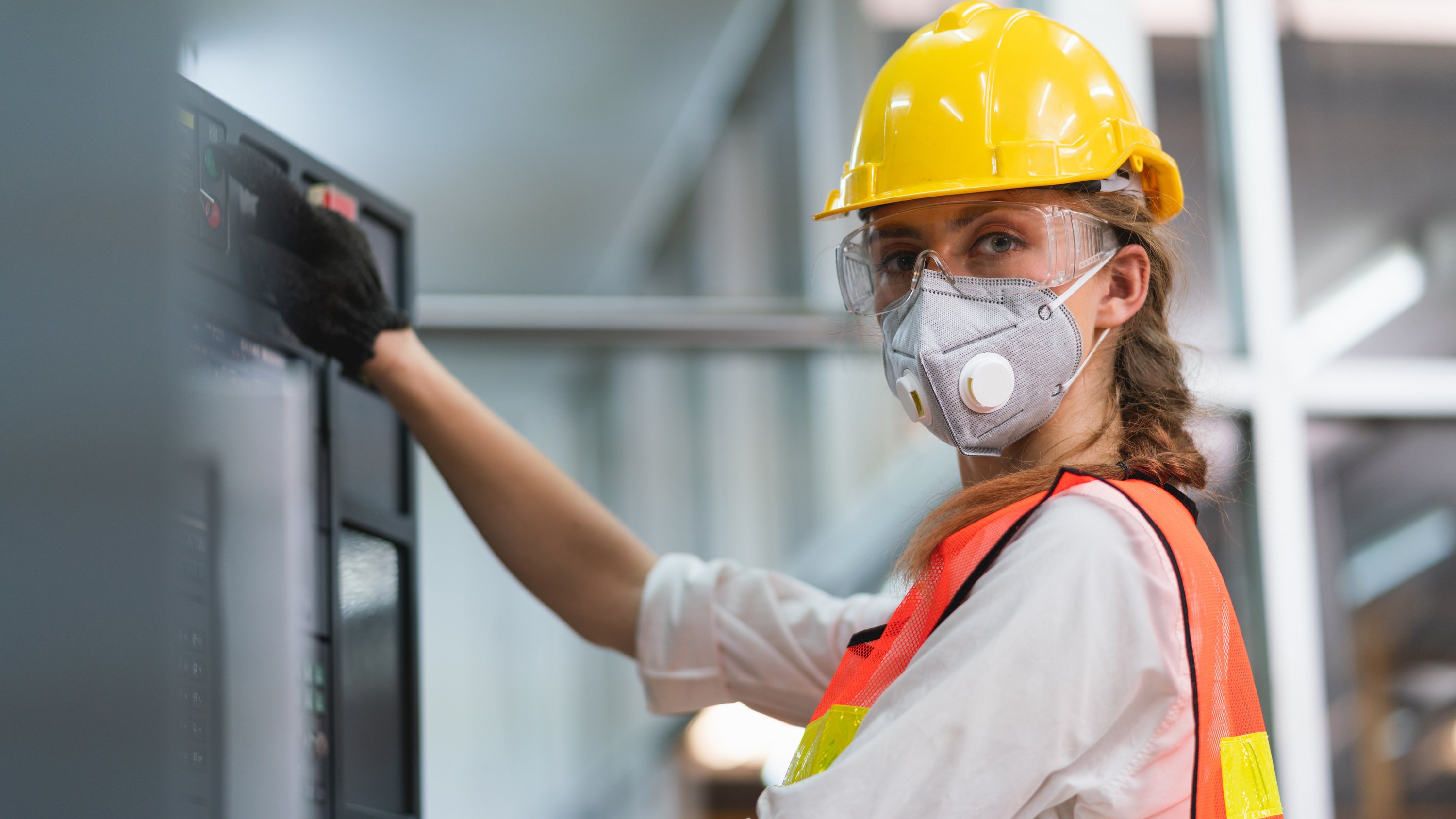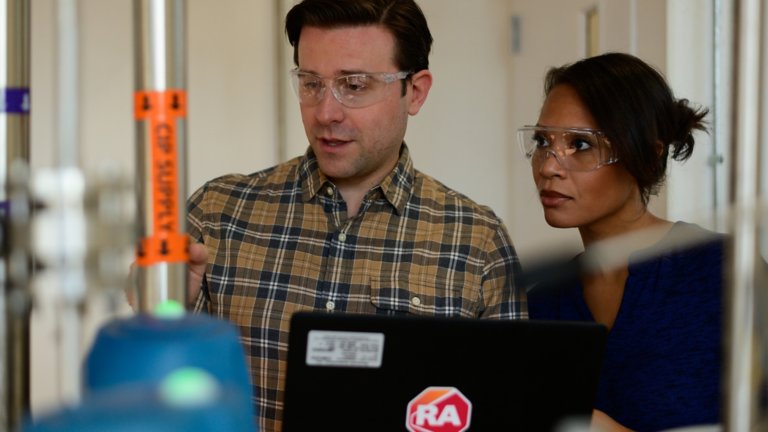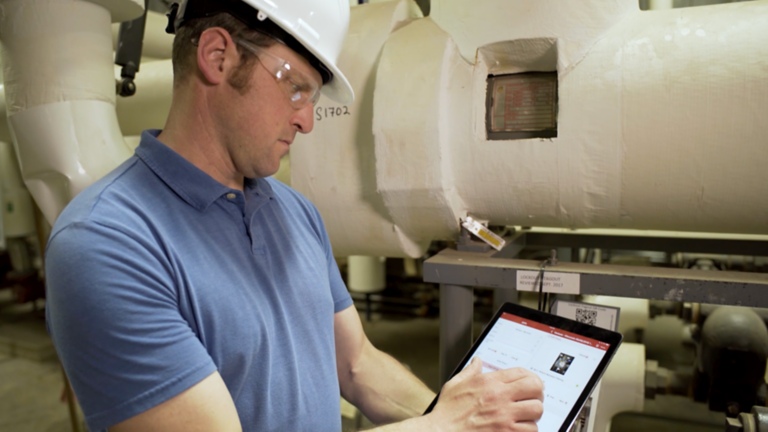The value of a safety risk assessment
Modern safety starts and ends with a risk assessment to evaluate how people are interacting with machines and that the proper safety procedures and equipment are implemented and available. Whenever equipment is new in a facility or has been modified, a risk assessment should be undertaken to evaluate what changes must be made to ensure that the machine is safe to operate and maintain.
A safety risk assessment identifies the tasks that are regularly performed while interacting with the machine. The safety consultant meets with the machine operator and anyone else who works with the equipment, including maintenance personnel and cleaners. The consultant will review the tasks the machine operator is performing on the machine, and the risk levels of those tasks. Are the interlock doors working effectively? Is the operator bypassing machine guarding? When they are adjusting a box that is out of position on a packaging line, are they putting their hands in harm’s way? How likely is it that the machine could start running for some reason? Is the air valve automatically purging air when the line is stopped to pick up a fallen part or product? If not, the operator could pinch a finger. The safety consultant will check that the proper safeguards are in place.
Certain tasks might be done more safely with the addition of safeguards like light curtains or interlock doors. For example, a light curtain is good for repetitive tasks. But around a robot, you may want to consider hard guarding or physical barriers like an interlock door or fencing, to defend the space better. What is the probability of a machine energizing, especially one that has no guarding in place?
Another factor the safety consultant studies is frequency of access. When the interlock door opens, is the circuit robust enough to properly protect the person doing the task? If the door is interlock single channel without monitoring and the wire breaks, the machine won’t be able to sense whether the door is open or not. For a task done once per minute, a light curtain is a better choice than interlock doors.
If you’re not already convinced on its value, a safety assessment can identify any potential gaps in compliance and guarding and improve your bottom line. There may be improvement opportunities for how someone is doing the task. If machine safety and guarding can be robust enough, you don’t need lockout/tagout for those tasks. The plant’s productivity and ROI is much better when you don’t need to shut down completely. There is likely room for improvement and the consultant can provide feedback on the current setup and recommendations for what it should be.
It’s important to choose a safety partner that is properly certified by an industry-recognized safety organization to help you with your machine safety assessment, so that they are using the most current, international standards. They will break down the line into components and provide a quote for the number of pieces of equipment. The safety assessment also includes safety improvement recommendations, such as redesigning a machine to make it more accessible to do what the machine operator is trying to get it to do, without a total shutdown.






